The new Moment Distance (MD) framework uses the backscattering profile captured in waveform LiDAR data to characterize the complicated waveform shape and highlight specific regions within the waveform extent. To assess the strength of the new metric for LiDAR application, we use the full-waveform LVIS data acquired over La Selva, Costa Rica in 1998 and 2005. We illustrate how the Moment Distance Index (MDI) responds to waveform shape changes due to variations in signal noise levels. Our results show that the MDI is robust in the face of three different types of noise—additive, uniform additive, and impulse. In effect, the correspondence of the MDI with canopy quasi-height was maintained, as quantified by the coefficient of determination, when comparing original to noise-affected waveforms. We also compare MDIs from noise-affected waveforms to MDIs from smoothed waveforms and found that windows of 1% to 3% of the total wave counts can effectively smooth irregularities on the waveform without risking of the omission of small but important peaks, especially those located in the waveform extremities. Finally, we find a stronger positive relationship of MDI with canopy quasi-height than with the conventional area under curve (AUC) metric, e.g., r2 = 0.62 vs. r2 = 0.35 for the 1998 data and r2 = 0.38 vs. r2 = 0.002 for the 2005 data.
1.
Introduction and preliminaries
An ongoing aspect of social existence is anonymity. In this area, accurate computations or hypotheses are not relevant. For human intelligence, this value error is particularly sticky. Many other mathematical ideas, like fuzzy sets (FS), soft sets, intuitionistic sets etc. have been developed as practical solutions to this problem. The fuzzy logics were created using a group structure with hazy knowledge. Due to fuzzy sets's adaptability in handling unreliability, it is even fantastically terrific for humanistic logic that is based on correct truth and limitless information. This idea is certainly a cornerstone of classical sets since it gives greater room for wrong knowledge to be used, which leads to better answers for a variety of problems. When faced with extremely constrained options like yes or no, these firms create favorable models. The ability to examine the benefits and drawbacks of false ideas is another important quality of this knowledge.
The branch of mathematics connected with fuzzy set theory is known as fuzzy mathematics. In 1965, Zadeh [1] is the first to mention the concept of fuzzy logic. The affiliation of an element to the set in the theory of fuzzy logic is given as a number from the interval [0,1], unlike the theory of classical logic, where an element either belongs to the set or not. Zadeh has been studying the theory of FS to address the issue of indeterminacy because uncertainty is a crucial component of a genuine problem.
In the discipline of mathematical analysis, the fixed point (FP) principles offer excellent conditions for approximation the solutions of differential and integral equations with both linear and nonlinear. Analysis, geometry, and topology are remarkably linked in the framework of FP theory, making it a valuable and essential technique for analyzing non-linear phenomena. The FP paradigm is intensively used in both applied and pure mathematics. Across many numerous domains, encompassing biology, engineering, non-linear programming, economics, game theory, theory of differential equations, etc., FP techniques frequently prove to be advantageous.
Fuzzy logic is one of the many perspectives that may be used to understand theory of FP in fuzzy metric spaces (FMS). Heilpern [2] introduced the theory of fuzzy mapping (FM) and established a theorem on FP for FM in metric linear space, which serves as a fuzzy generalization of Banach's contraction principle [3]. This sparked the interest of numerous authors to investigate various contractions conditions using FM.
The subject of Hausdorff distance is essential to several areas of computer science and mathematics, such as fractals, image processing, and optimization theory. Lopez and Romaguern [4] applied the concept of Hausdorff metric space in fuzzy setting and introduced Hausdorff fuzzy metric spaces. This allowed researchers to investigate the "fixed point theory" of multivalued mappings in spaces with fuzzy metrics form.
Every metric, in a very normal and modest way, generates a FMS. The theory of FP is being evolved as a crucial area of interest in the core of non-linear analysis and FS theory within the framework of FMS.
In 1975, Kramosil and Michalek [5] developed the idea of FMS, opening the door for further development of analysis in such environments. George and Veeramani [6] improved fuzzy metric spaces to become Hausdorff spaces. However, it seems that Kramosil and Michhlek's analysis of fuzzy metric spaces offers a route for very smoothing machinery to produce FP theorems, especially for contractive type maps. Grabiec [7] was the next from among a number (at least four) of formulations of FMS. In fuzzy mathematics, fixed point theorems are emerging with fervent hope and firm confidence. Since then, numerous attempts to develop FP theorems in fuzzy mathematics have been made (see, for instance, [7,8,9,10,11,12,13,14,15,16]). Numerous fixed point and common fixed point results in FMS and Hausdorff metric spaces can be found in literature (see [17,18,19,20,21] and references therein). Literature shows that a lot of valuable and practical work is done in fuzzy set, rough set, soft set, intuitionistic set theories in several ways of decision making, decision models, pattern classifications and in other fields (see [22,23,24,25,26,27,28,29]).
The structure of paper is as follows:
First of all, some basic concepts are recalled, the motivation behind this action is to facilitate the readers to have comprehensive knowledge about the fundamental definitions, examples and lemmas that are necessary to understand our established results. All these essentials are collected from previous research articles exist in the literature.
In Section 2, existence theorems regarding fuzzy FPs of FMs satisfying ˊCiriˊc type contractions are obtained in the framework of complete metric spaces. The result is equipped with an interesting example and an application. Further, some previous results are given as corollaries of our results.
Section 3 deals with some theoretical results. In this study, we have established fuzzy FPs of set-valued FM by using a contraction in the setting of complete FMS. The obtained results are furnished an example and applications. Previous results are given in the form of corollaries of obtained results.
Note: ⅰ) CB(Ω) denotes the family of all closed and bounded subsets of metric space (Ω,d);
ⅱ) Ќ(Ω) denotes the family of all compact subsets of fuzzy metric space (Ω,F,∗).
Hausdorff Metric Space. ([16]) Let (Ω,d) be a MS. Hausdorff metric H on CB(Ω) induced by d is defined as H(A,B)=max{supμϵAd(μ,B),supνϵBd(A,ν)} for all A,B∈CB(Ω), where
Lemma 1. ([13]) Let G, K∈CB(Ω). If μ∈G then, d(μ,K)≤H(G,K) for all μ∈G.
Lemma 2. ([13]) Let P, Q∈ CB(Ω) and 0<σ∈R. Then, for i∈P, there exists ζ∈Q such that
Lemma 3. ([13]) If P,Q∈CB(Ω) with H(P,Q)<ε, then for all μ∈P there exists υ∈Q such that d(μ,υ)<ε.
Lemma 4. ([13]) For μ∈ΩandP∈CB(Ω), d(μ,P)≤d(μ,ν) for all ν∈P.
Fuzzy Set. ([1]) In the fuzzy theory, fuzzy set A of universe X is defined by function μA: X → [0, 1] called the membership function of set A
This definition of set allows a continuum of possible choices. For any element x of universe X, membership function μA(x) equals the degree to which x is an element of set A. This degree, a value between 0 and 1, represents the degree of membership, also called membership value, of element x in set A.
The α-cut of fuzzy set A is defined as:
Fuzzy Mapping. ([16]) Let Ψ1 be any set and Ψ2 be a metric space. A function g:Ψ1→F(Ψ2) is called a FM. A FM g is a FS on Ψ1×Ψ2 with membership function g(x)(y). The image g(x)(y) is the grade of membership of y in g(x).
Fuzzy Fixed Point. ([13]) Suppose (Ψ,d) is a MS and T:Ψ→F(Ψ). A point z∈Ψ is a fuzzy FP of T if z∈[Tz]α for some α∈(0,1].
Common Fuzzy Fixed Point. ([16]) Consider a MS (Ψ,d) and T1,T2:Ψ→F(Ψ). A point z∈Ψ is a fuzzy common FP of T1 andT2 if z∈[T1z]αT1∩[T2z]αT2 for some αT1,αT2∈(0,1].
ˊCiriˊc Type Contraction for Fuzzy Mappings. Let (Ω,d) be a complete MS and G:Ω→F(Ω) be a fuzzy map. Let [G(u)]αand[G(v)]α be non-empty closed and bounded subsets of Ω, the condition
whereα,β,γ≥0andα+2β+2γ<1 is ˊCiriˊc type contraction for FM.
Triangular Norm. ([17]) A map ∗ from [0,1]×[0,1] to [0,1] is called continuous triangular norm (t-norm) or a conjunction, if following conditions are fulfilled for all ϱ,σ,ς,τ∈[0,1]:
(1) Symmetry: ϱ∗σ=σ∗ϱ;
(2) Monotonicity: ϱ∗σ≤ς∗τ,ifϱ≤ςandσ≤τ;
(3) Associativity: (ϱ∗(σ∗ς))=((ϱ∗σ)∗ς);
(4) Boundary condition: 1∗ϱ=ϱ.
The following are three basic t-norms:
(1)ϱ∗σ=min(ϱ,σ);
(2)ϱ∗σ=ϱσ;
(3)ϱ∗σ=max(ϱ+σ−1,0).
Fuzzy Metric Space. ([6]) The triple (Ω,M,∗) is known as FMS if Ω is an arbitrary set, ∗ is t-norm and M is a FS on Ω×Ω×[0,∞) s.t ∀ξ,η,ζ∈Ω and μ,ν≥0 we have:
(M1)M(ξ,η,0)=0;
(M2)M(ξ,η,μ)=1,∀μ>0iffξ=η;
(M3)M(ξ,η,μ)=M(η,ξ,μ)
(M4)M(ξ,ζ,μ+ν)≥M(ξ,η,μ)∗M(η,ζ,ν);
(M5)M(ξ,η,.):(0,∞)→[0,1] is continuous.
Example 1. Let (Ω,d) be a MS. Define M:Ω×Ω×R+∪{0}→[0,1] as
for all η,λ∈Ω and μ ≥ 0 is a fuzzy MS.
Example 2. Let (Ω,d) be a bounded MS with d(u,v)<κ (for all u,v∈Ω, where κ is fixed constant in (0,∞)) and G:R+→(κ,∞) be an increasing continuous function. Define a function M:Ω2×(0,∞)→[0,1] as
M(u,v,λ)=1−d(u,v)G(λ), for all u,v∈Ω, and λ>0.
Then (Ω,M,∗) is a FMS on Ω where ∗ is a Lukasiewicz t-norm.
Example 3. Let (Ω,d) be a MS. Define μ∗ν=μν(orμ∗ν=min{μ,ν}) for all μ,ν∈[0,1]. Then, one can define a fuzzy metric F by F(ξ,η,σ)=σσ+d(ξ,η) for all ξ,η∈Ωandσ≥0.
Example 4. Let Ω be a non-empty set, f:Ω→R+ be a one-one function and g:R+→[0,∞) be an increasing continuous function. For fixed α,β>0, define M: Ω2×(0,∞)→[0,1] as M(u,v,λ)=(min{f(u),f(v)}α+g(λ)max{f(u),f(v)}α+g(λ))β, for all u,v∈Ω and λ>0.
Then (Ω,M,∗) is a FMS on Ω where ∗ is the product t-norm.
Convergent Sequence in Fuzzy Metric Space. ([7]) Let (Ω,M,∗) be a FMS. A sequence {ωn} in Ω is said to be convergent to a point ω∈Ω if limn→∞M(ωn,ω,μ)=1 for all μ>0.
Cauchy Sequence in Fuzzy Metric Space. ([7]) Let (Ω,M,∗) be a fuzzy MS. A sequence {ωn} in a FMS (Ω,M,∗) is said to be Cauchy sequence if for every ε∈(0,1) and μ>0 there exists n0∈N such that
Complete Fuzzy Metric Space. ([7]) A FMS in which every Cauchy sequence is convergent is called complete.
Hausdorff Fuzzy Metric. ([4]) Let (Ω,F,∗) be a FMS. Hausdorff FM HF on Ќ(Ω)×Ќ(Ω)×(0,∞) to [0,1] is defined as: HF(A,B,ρ)=min{infi∈A(supj∈BF(i,j,ρ)),infj∈B(supi∈AF(i,j,ρ))}, for all A,B∈Ќ(Ω) and ρ>0, where Ќ(X) is the collection of all non-empty compact subsets of Ω.
Lemma 5. ([4]) Let (Ω,F,∗) be a complete FMS, such that (Ќ(Ω),HF,∗) is a Hausdorff fuzzy MS on Ќ(Ω). Then for all S,G∈Ќ(X), for all u∈S and for λ>0, there exist vu∈G satisfies
Then, HF(S,G,λ)≤F(u,vu,λ).
Lemma 6. ([14]) Let (Ω,F,∗) be a complete FMS, if there exist σ∈(0,1) such that F(ξ,η,σλ)≥F(ξ,η,λ) for all ξ,η,∈Ω and λ∈(0,∞), then η=ξ.
Lemma 7. ([14]) Let (Ω,F,∗) be a FMS. Then, for each i∈Ω,B∈Ќ(Ω) and for τ>0 there exists j0∈B such that
Where Ќ(X) is the collection of all non-empty compact subsets of Ω.
Lemma 8. ([14]) Let B be any non-empty subset of a FMS (Ω,F,∗), for ω∈Ω and τ>0 then,
2.
Fuzzy fixed points of fuzzy mappings in metric spaces
2.1. Fuzzy fixed points for ˊCiriˊc type contraction
In this section, we apply the Hasudorff metric for fuzzy sets to find the fuzzy fixed points of fuzzy mapping that meet a rational inequality. These results are free from the conditions of approximate quantity for G(x) and linearity for Ω.
Theorem 2.1. Let (Ω,d) be a complete MS and G:Ω→F(Ω) be a FM. Suppose for all a,b∈Ω there exists α∈(0,1] and [G(a)]α and [G(b)]α) be non-empty closed and bounded subsets of Ω such that
forρ,β,γ>0andρ+2β+2γ<1. Then G has a FP in Ω i.e there exists u∈Ω such that u∈[G(u)]α.
Proof. Since ρ+2β+2γ<1, so (ρ+β+γ1−β−γ)<1. Consider λ=(ρ+β+γ1−β−γ).
Let a0∈Ω and [G(a0)]α≠0 be a closed and bounded subset of Ω.
Let a1∈[G(a0)]α.SinceG(a1)≠∅ a closed and bounded subset of Ω, using Lemma 2, there exists a2∈[G(a1)]α such that
Now [G(a2)]α≠∅ are also closed and bounded subset of Ω. By using Lemma 2, there exist a3∈[G(a2)]α such that
Similarly, for an∈[G(an−1)]α, we can choose an+1∈[G(an−1)]α such that
Now,
using (2.1) we get
Using triangular inequality we get
Thus,
Now,
using (2.1) we get
again using triangular inequality we get
Using (2.2) we get
Now,
applying (2.1) we get
Since d(a3,a3)=0, this implies that
Again using triangular inequality we get
Using (2.3) we get
So,
Let m,nϵN with m>n
applying (2.4) we get
When m,n→∞ then right hand side becomes zero. So,
Thus, {an} is a Cauchy sequence in complete MS. Therefore, there exist μ∈Ω such that an→μ. Now,
using (2.1) we get
As n approaches to ∞ then,
Since d(μ,μ)=0. So, (1−β−γ)d(μ,[G(μ)]α)≤0.
As ρ+2β+2γ<1, this implies that ρ+β+γ<1−β−λ, therefore, 1−β−λ≠0.
So only possibility is
This implies that μ∈[G(μ)]α. Thus, μ is a FP of G.
Example 2.2. Let Ω=[0,2] be a usual MS which is complete and J:Ω→F(Ω) be a FM such that J(w)∈F(Ω), where w∈Ω and J(w):Ω→[0,1] is a function defined as
Taking α=12 we define
Now,
Take ρ=110,β=14 and γ=14, we get
So, for all w,v∈Ω the conditions of Theorem 2.1, are satisfied. Hence J has FP in Ω.
Corollary 2.3. Let (Ω,d) be a complete MS and G:Ω→F(Ω) be an FM. Suppose for all a,b∈Ω there exists α∈(0,1] and [G(a)]α, [G(b)]α)) ∈CB(Ω) such that
forρ,β>0andρ+2β<1. Then G has a FP in Ω.
Corollary 2.4. Let (Ω,d) be a complete MS and G:Ω→F(Ω) be an FM. Suppose for all a,b∈Ω there exists α∈(0,1] and [G(a)]α, [G(b)]α)∈CB(Ω) such that
forρ,γ>0andρ+2γ<1. Then G has an FP in Ω.
Corollary 2.5. Let (Ω,d) be a complete MS and G:Ω→F(Ω) be an FM. Suppose for all a,b∈Ω there exists α∈(0,1] and [G(a)]α, [G(b)]α)) ∈CB(Ω) such that
for0<ρ<1. Then G has an FP in Ω.
Corollary 2.6. Let (Ω,d) be a complete MS and G:Ω→F(Ω) be an FM. Suppose for all a,b∈Ω there exists α∈(0,1] and [G(a)]α, [G(b)]α)) ∈CB(Ω) such that
for0<2β<1. Then G has an FP in Ω.
Corollary 2.7. Let (Ω,d) be a complete MS and G:Ω→F(Ω) be an FM. Suppose for all a,b∈Ω there exist α∈(0,1] and [G(a)]α, [G(b)]α)∈CB(Ω) such that
for0<2γ<1. Then G has an FP in Ω.
2.2. Application
As an application of the fuzzy fixed point result of the previous section we obtain fixed points of multivalued mappings (see, [30]).
Theorem. Let (Ω,d) be a complete MS and A:Ω→CB(Ω) be a multi-valued mapping. Suppose for all a,b∈Ω A(a) and A(b) be non-empty closed and bounded subsets of Ω such that
forρ,β,γ>0andρ+2β+2γ<1. Then G has a FP in Ω i.e., there exists u∈Ω such that u∈A(u).
Proof. Consider an arbitrary mapping S:Ω⟶(0,1] and a fuzzy mapping G:Ω→F(Ω) defined by
Then for x∈Ω,
Therefore, Theorem 2.1 can be applied to obtain u∈ Ω such that u∈ [Gu∗]α = Au∗.
Corollary. ([30]) Let (Ω,d) be a complete MS and A:Ω→CB(Ω) be a multi-valued mapping. Suppose for all a,b∈Ω A(a) and A(b) be non-empty closed and bounded subsets of Ω such that
forρ>0andρ<1. Then G has an FP in Ω i.e., there exists u∈Ω such that u∈A(u).
Proof. By setting β=0 and γ=0 in above theorem, we can find the required result.
3.
Fuzzy fixed points of fuzzy mappings in fuzzy metric spaces
This section deals with the existence theorems for fixed point of fuzzy mappings satisfying Nadler's type contractions in complete fuzzy metric space. An example and applications are incorporated to demonstrate the obtained results.
Theorem 3.1. Let (Ω,F,∗) be a complete FMS and S:Ω:→F(Ω) be an FM satisfying these conditions:
where,
for all i,j∈Ω,α∈(0,1] and κ∈(0,1) such that [Si]α(i) and [Sj]α(j) are compact subsets of Ω. Then, S has an FP.
Proof. Let i0 be any point in Ω. We construct a sequence {in} of points in Ω as follows:
For i1∈Ω, consider that i1∈[Si0]α(i0), by using Lemma 5, we can choose i2∈[Si1]α(i1) such that
By induction we can write in+1∈[Sin]α(in), for all n∈N, satisfying
Now,
By using inequality (3.2) we get
where,
If F(i1,i2,λκ)≥F(i2,i3,λκ) then, by (3.3), we have
So, by the Lemma 6 nothing left to prove. Now, if we have
then, again by Lemma 5, we have F(i2,i3,λ)≥F(i1,i2,λκ)
where,
If,
then, again by Lemma 6, nothing left to prove. If,
then, by (3.4) we have
Consequently,
Now, for m>n, that is m=n+p we have
by using (3.5), we get
Now, taking limn→∞and using (3.1) we have,
Hence, {in} is a Cauchy sequence in Ω. So, by completeness there exists z∈Ω such that in→z. Now, we claim that z is an FP of S.
Consider,
where
Taking limn→∞ in above inequality, we get
If,
then, we get z is the fuzzy fixed point for S. If
then, by using (3.6) we have,
Now, taking limn→∞, we get z∈[Sz]α(z). Hence z is a fuzzy FP of S.
Example. Let (Ω,d) be a bounded MS with d(i,j)<λ and Ω=[1,3] (for all i,j∈Ω, where λ is fixed constant in (0,∞)) and G:R+→(λ,∞) be an increasing continuous function defined as G(λ)=λ+2.
Define a function F:Ω2×(0,∞)→[0,1] as
Then (Ω,F,∗) is a complete fuzzy metric space, where ∗ is a Lukasiewicz t-norm.
Define a fuzzy map S:Ω→F(Ω) as
Now for α=12,
It is to be noted that
and
for all [Si]12,[Sj]12∈Ќ(Ω), k= 12 and λ>0.
We also find
Thus, all the conditions of Theorem 3.1 are satisfied. So S has a fuzzy fixed point in fuzzy metric space.
Corollary 3.2. Let (Ω,F,∗) be a FMS and S:Ω:→F(Ω) be an FM satisfying these conditions:
for all i,j∈Ω,α∈(0,1] and κ∈(0,1) such that [Si]α(i) and [Sj]α(j) are compact subsets of Ω. Then, S has an FP.
Definition 3.3. Let us define,
is a collection of all continuous function such that ω(1)=1,ω(0)=0, ω(υ)>υ for all 0<υ<1.
Theorem 3.4. Let (Ω,F,∗) be a complete FMS and S:Ω→F(Ω) be an FM satisfying these conditions:
where,
for all p,q∈Ω,α∈(0,1],κ∈(0,1)andω∈Γ such that [Sp]α(p) and [Sq]α(q) are compact subsets of Ω. Then, S has an FP.
Proof. Using Definition 3.3, we get ω(υ)>υ for all 0<υ<1.
Thus,
Now, using Theorem 3.1, we get the desired result.
Corollary 3.5. Let (Ω,F,∗) be a complete FMS and S:Ω→F(Ω) be an FM satisfying these conditions:
for all p,q∈Ω,α∈(0,1],κ∈(0,1)andω∈Γ such that [Sp]α(p) and [Sq]α(q) are compact subsets of Ω. Then, S has an FP.
Applications:
Let us define a function ϑ:[0,∞)→[0,∞) as
be a non-decreasing and continuous function. Moreover for each δ>0,ρ(δ)>0. Also ρ(λ)=0ifandonlyifλ=0.
Theorem 3.6. Let (Ω,F,∗) be a complete FMS and S:Ω→F(Ω) be an FM satisfying these conditions:
where,
for all p,q∈Ω,ρ(λ)∈[0,∞),α∈(0,1]andκ∈(0,1) such that [Sp]α(p) and [Sq]α(q) are compact subsets of Ω. Then S has an FP.
Proof. Let us take ρ(λ)=1 and using Theorem 3.1, we get the desired result.
Theorem 3.7. Let (Ω,F,∗) be a complete FMS and S:Ω→F(Ω) be an FM satisfying these conditions:
where,
for all p,q∈Ω,ρ(λ)∈[0,∞),ω∈Γ,α∈(0,1] and k∈(0,1) such that [Sx]α(x) and [Sy]α(y) are compact subsets of Ω. Then S has an FP.
Proof. Using Definition 3.3, we get ω(υ)>υ for all 0<υ<1.
Taking ρ(λ)=1 and using Theorem 3.4, we get the desired result.
4.
Conclusions
In order to demonstrate the existence and uniqueness of solutions to distinct mathematical models, fixed point theorems are crucial tools. Results that identify fixed points of self and nonself nonlinear operators in a metric space are widely published in the last 40 years. Among various developments of fuzzy sets theory, a progressive development has been made to find the fuzzy analogues of fixed point results of the classical fixed point theorems. In this research, we employ two generalized contractive conditions, i.e., ˊCiriˊc type contraction and Nadler's type contraction incorporating rational expressions in the setting of metric and fuzzy metric spaces respectively to study fuzzy fixed point theorems for fuzzy set valued mappings. Completion is compulsory for both spaces in order to ensure the existence of fuzzy fixed points. Examples and applications that emphasis and support our obtained results are integrated. From the pertinent literature, there are additional previous conclusions that are provided as corollaries. Since Fuzzy mappings are generalized form of multi-valued mappings, so in this way many fixed point results exist in the relevant literature have been generalized by our obtained results.
5.
Possible future developments
We conclude this paper by indicating, in the form of open questions, some directions for further investigation and work.
(1) Can the condition of ρ+2β+2γ<1 in Theorem 2.1 be relaxed?
(2) If the answer to 1 is yes, then what hypotheses is needed to guarantee the existence of fixed point of G?
(3) Whether the condition HF([Si]α(i),[Sj]α(j),kλ)≤μ(i,j,λ), in Theorem 3.1 can be applied to ensure the existence of fixed point.
(4) Can the concept offered in this article be extended to more than one mappings?
Acknowledgments
The research of Santos-Garcia was funded by the project ProCode-UCM (PID2019-108528RB-C22) from the Spanish Ministerio de Ciencia e Innovacion.
Conflict of interest
The authors declare the there is no conflict of interest regarding the publications.










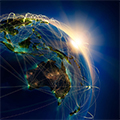
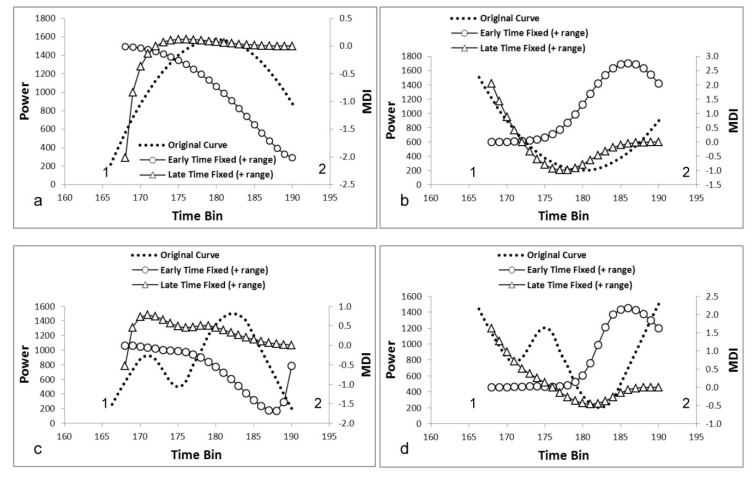
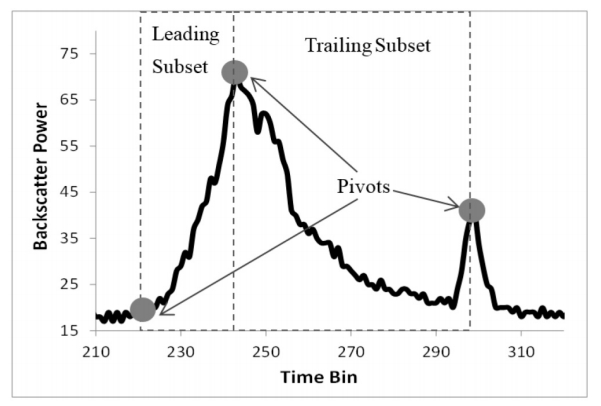
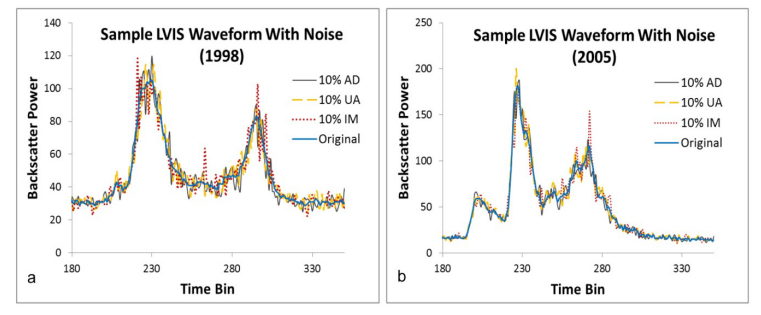
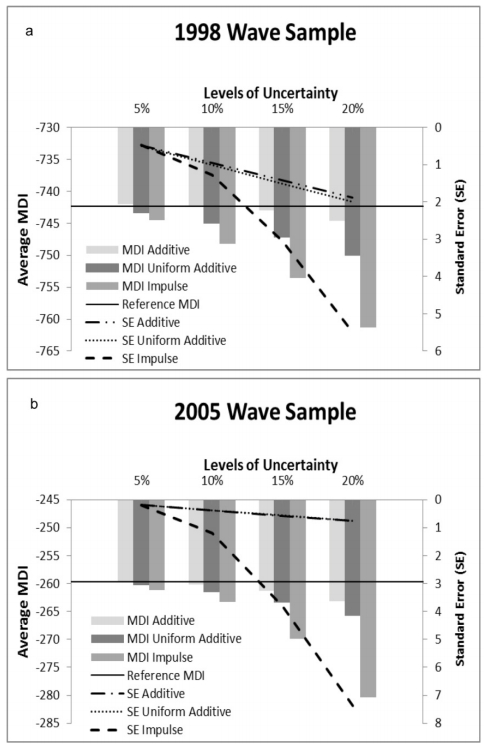
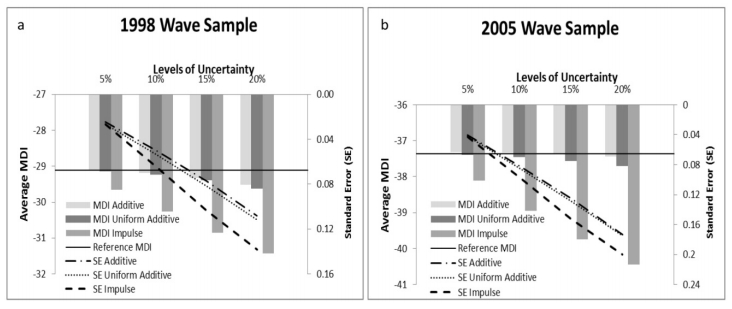
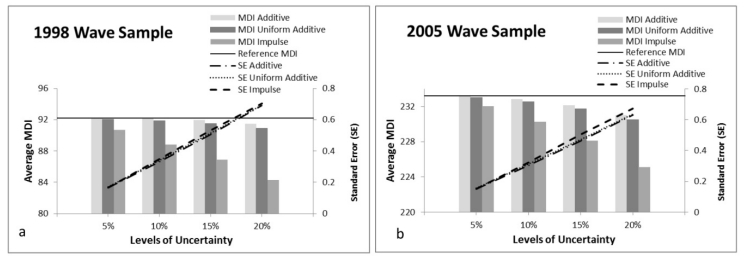
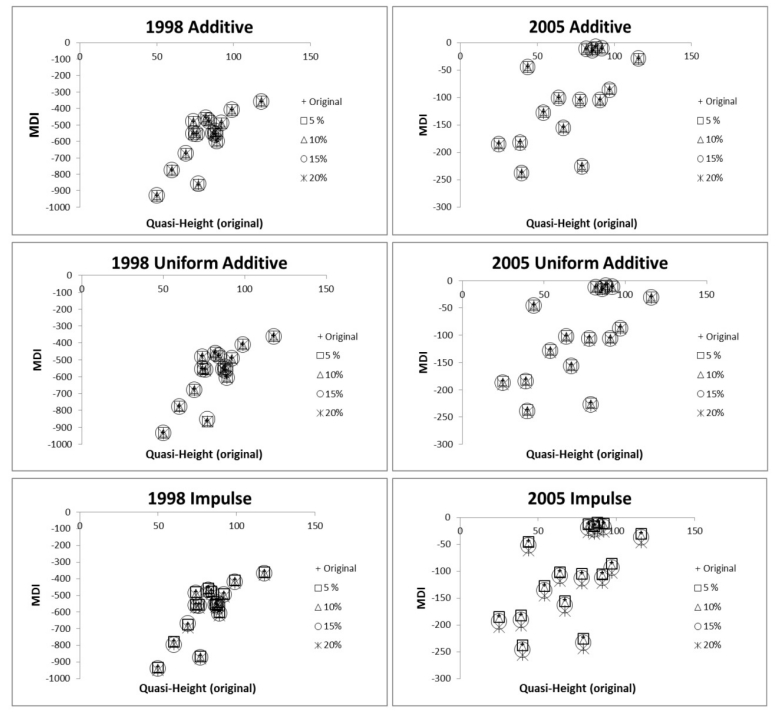
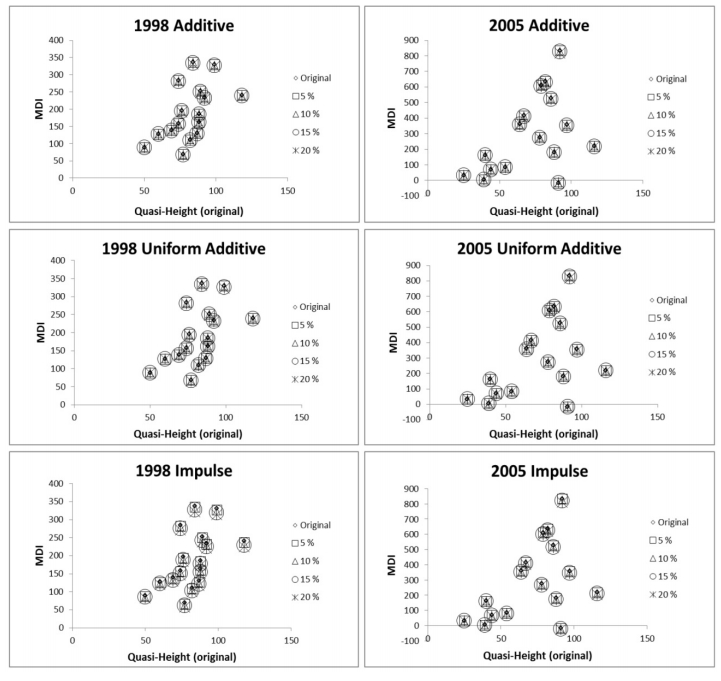
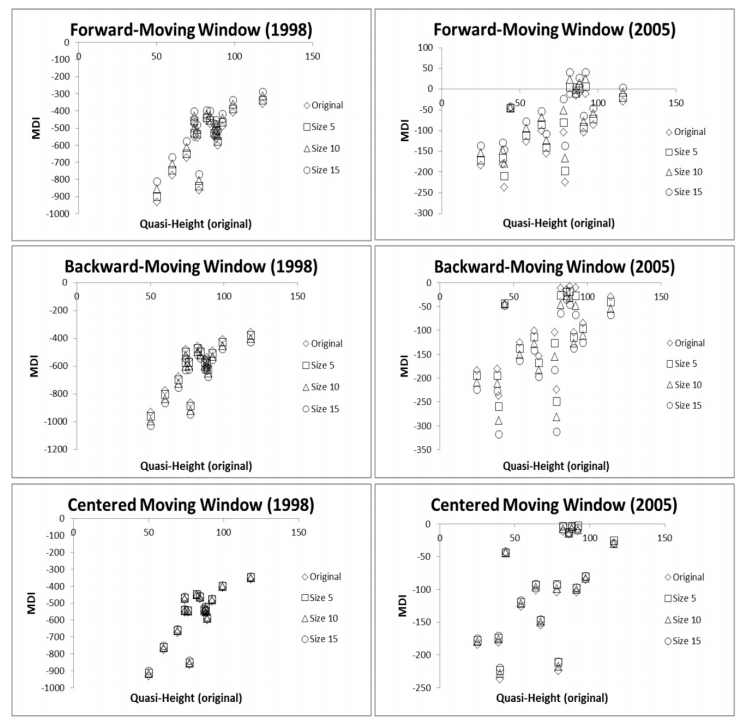
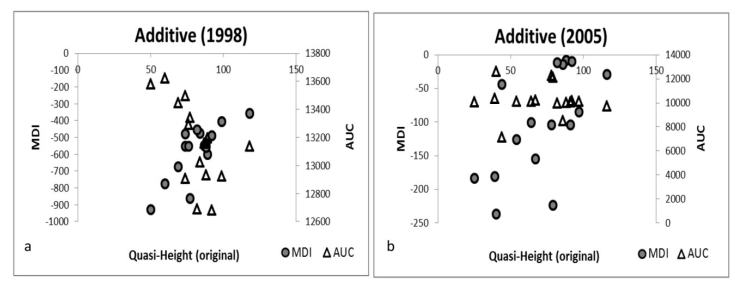
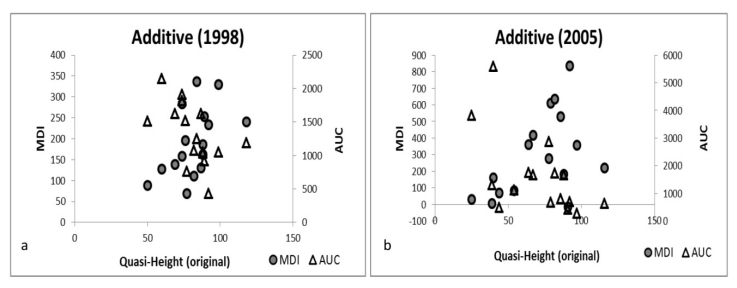



 DownLoad:
DownLoad: